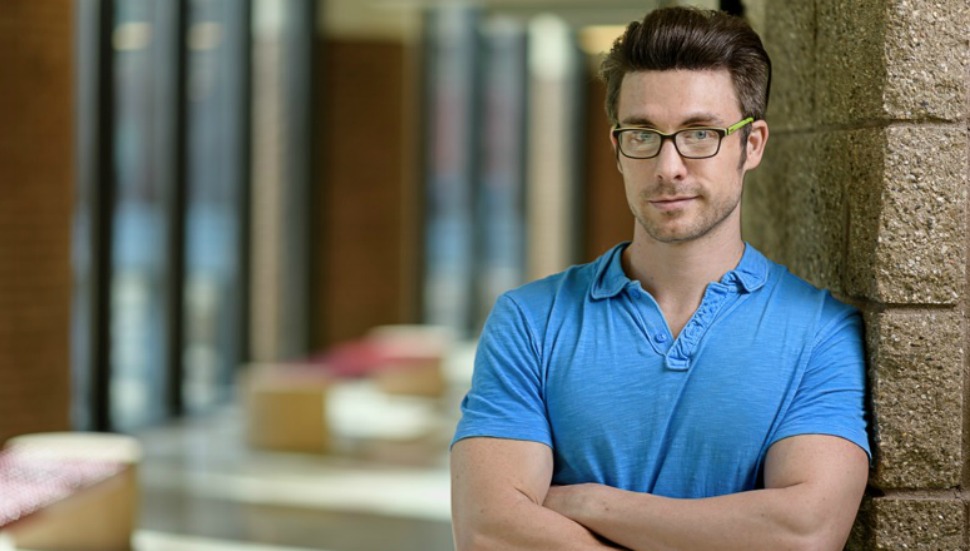John Tolley, November 16, 2016
How many identities do you have? Not names, but identities. It?s probably more than you think about; are you a daughter, a mother, a son, a brother? What is your gender identity? What is your race?
For the most part these identities are ones that we wear on the outside; identities that are, for better or worse, apparent to the world.
But what about those that aren?t as obvious, like your medical history or your sexuality? They make up who you are, but oftentimes they are hidden out of fear of negative attitudes towards that identity. These are known as invisible or concealed identities.
Drew Mallory, a psychology graduate student at Purdue University, wants to create a campus that is inclusive of all identities, seen or unseen. To that end, he created the Purdue Identities Project (PIP) which uses a three-pronged approach of education, outreach and awareness to make Purdue a safe space for all.
Recently, BTN LiveBIG talked with Mallory via email about the founding of PIP, how they?re working to educate the Purdue community and what?s next for the organization.
BTN LiveBIG: How did you first come to understand that there was need for something like PIP on campus?
Drew Mallory: Purdue has a number of stellar diversity centers and programs that reach out to groups on campus that may be targets of discrimination or stigma. However, as psychologists, we know that there are many reasons people might not be able to get the help or support they need–especially when they don't neatly fit into a particular group. When we started talking to members of the campus, it became very clear that there is a large portion of the campus with "invisible" minority identities that don't have access to the services or social support they need. We wanted to reach out to them.
BTN LiveBIG: How has response been to PIP from the campus community?
DM: We've been lucky to be welcomed by many campus partners at all levels. Students and staff have been particularly excited about the organizational identity inclusive certification we've developed for Purdue, i². Of course, not everyone is used to thinking of diversity in terms of social identities, like mental illness, disability, LGBTQ or veteran status. That's led to some confusion about PIP's scope and purpose. We're doing our best to fill in gaps and strengthen services already available, however, rather than to create something totally new.
BTN LiveBIG: Can you tell us a little bit about how you're working with faculty to make Purdue a more inclusive environment?
DM: PIP's early work focused on identifying community needs on campus through focus groups and expert partner meetings. From those, we determined that there were several faculty-oriented needs we could help address. We've developed and piloted evidence-supported diversity and inclusion-focused curriculum modules that can be inserted into virtually any class. We're distributing an "identity inclusive boilerplate" to be used in course syllabi. We've also created referral flowcharts and other resources for faculty and teaching assistants. We hope to also expand the i² certification to allow interested faculty to learn about best practices in inclusive education.
BTN LiveBIG: What are your long-term hopes for PIP? How do you envision this impacting the students, faculty and staff?
DM: So many of the individuals PIP works with have backgrounds and identities that most of us just don't get to hear about. That lack of knowledge can create tension that leads to discrimination and stigma. Research shows that one of the best ways to overcome those negative effects is through interacting with people from different backgrounds. #BoilerIdentities, PIP's video series, aims to help everyone to understand what it's like to cope with suicidal thoughts, being deaf, being biracial, or having a physical illness at Purdue. PIP's certification program is designed to integrate policies that promote inclusion in campus organizations. PIP's curriculum and campus recommendations can help bring inclusion into the mainstream for students, faculty, and staff. Diversity and inclusion is already a part of Purdue's mission, and we are hoping to ensure that the mission reaches all intended individuals–faster.







